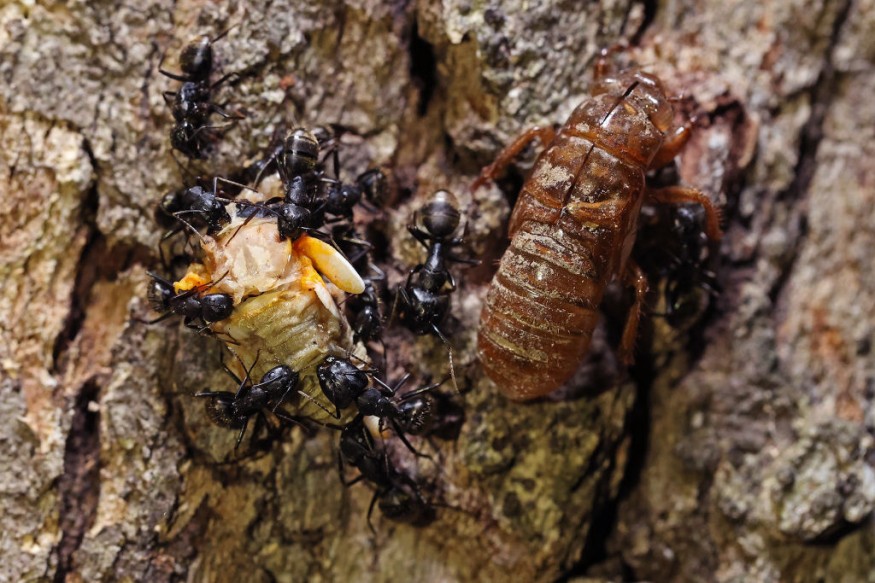
Ants initially originated on Earth between 140 and 168 million years ago, during the Jurassic era, when dinosaurs ruled the planet and plant life consisted of cone- and spore-bearing species like pines and ferns.
They are social insects that live in groups. The colony, also known as a formicary, consists of one or more egg-laying queens and many female "worker" ants that care for her, build, and maintain the nest, seek food, and care for the young. In comparison to its size, the ant is one of the world's most powerful organisms.
A single ant can carry 50 times its mass, and they will even cooperate to move larger things as a collective.
The Unintentional Discoveries of High School Students in Panama
Alex Wcislo, a high school student, shot a 9 mm ball of clay through a Cecropia tree, leaving a clean hole, but he did not anticipate the holes to be entirely mended before 24 hours. Wcislo and five of his student friends continued their studies by drilling holes in additional trees to observe how they would be patched up.
The ant repairs were repeated multiple times as it happened over and over again. The trials were subsequently documented and published as part of the Smithsonian Tropical Research Institute's (STRI) volunteer program in Panama.
Azteca ants and the trees they live in have a well-established symbiotic or mutually beneficial relationship. The ants will guard the trees against herbivores and predators in exchange for nourishing oily secretions from the leaves to consume and refuge within hollow stems.
If their tree buddies' shelter is jeopardized, the ants also repair the damage. According to current study, this appears to happen more frequently when the colony's eggs, larvae, and pupae are in danger.
Repairs are created utilizing material found within the plant stem, but this is not always the case 14 of the 22 drilled holes were repaired. More research may be needed to figure out why this is so.
The Azteca Alfari Ants
Azteca alfari is an ant species belonging to the Azteca genus. The species was first described in 1893 by Carlo Emery and is found in Mexico, Central America, and South America. They are endemic to the Neotropics, both tropical and subtropical. From Mexico through Bolivia, Paraguay, and northern Argentina, it can be found. It forms colonies in the hollow stems of evergreen trees of the species Cecropia as an obligate parasite. These trees may be found in wet lowland rainforests, riparian forests, the Cerrado, forest clearings, and secondary forests.
The naturally segmented stalks of trumpet trees are used by these ants as separate rooms to grow their young, store food, rest for the ant workers, and maintain a mutually beneficial relationship between the ant and the tree.
"This work gives us a glimpse into the housekeeping of one tropical ant species. And that housekeeping appears, at least given the evidence to date, to be more microbially sophisticated than anything we do in our human homes," said by Professor Rob Dunn
They actively influence the microbial ecosystems in a room, just like people, by doing activities that encourage good microorganisms while suppressing unfavorable microbes.
© 2025 NatureWorldNews.com All rights reserved. Do not reproduce without permission.





